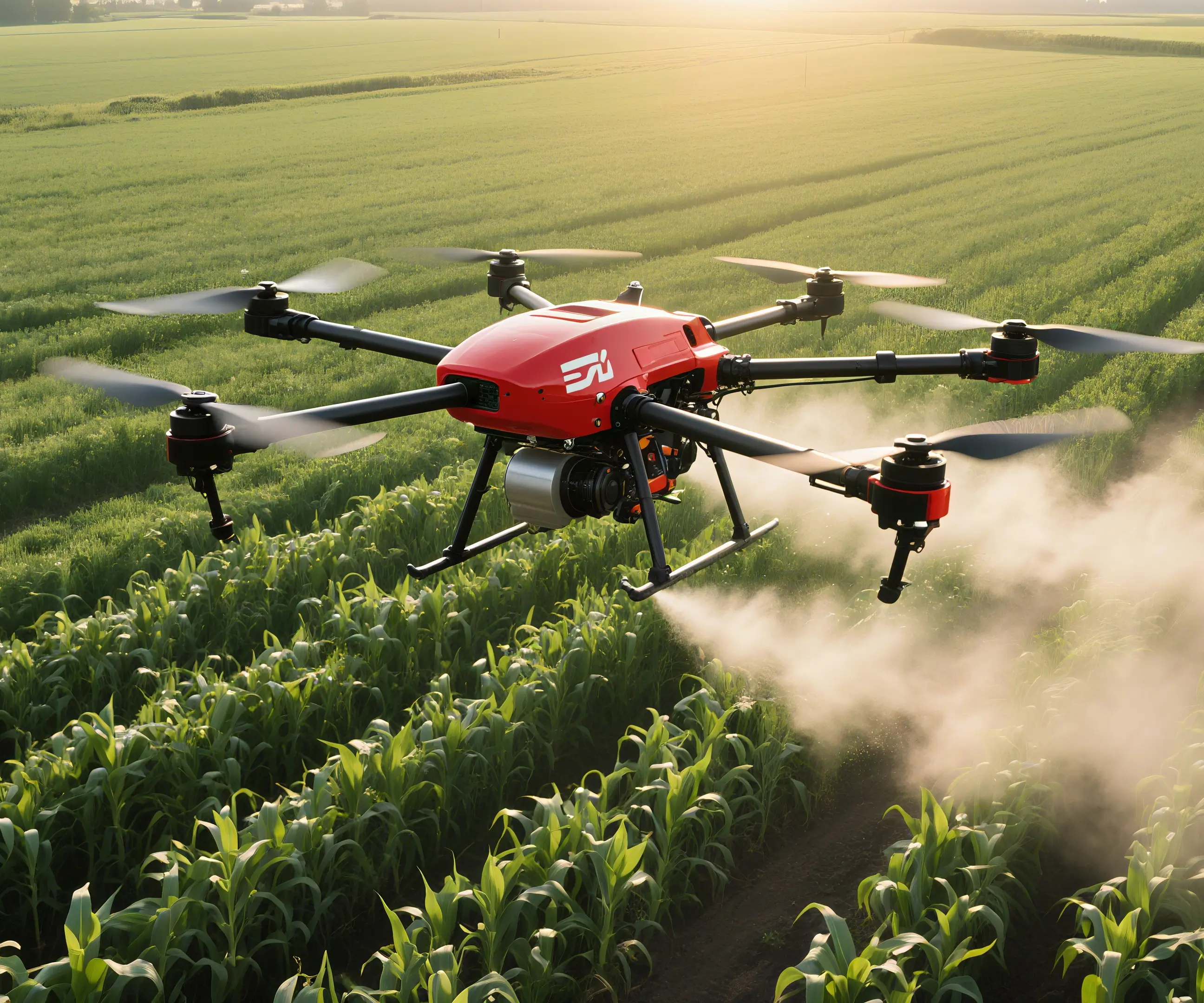Sure! Here's the first part of the soft article on "Servo Motor Speed Control," followed by the second part.

Unlocking the Power of Servo Motor Speed Control: A New Era of Precision Motion
In the world of automation and robotics, the quest for accuracy, efficiency, and adaptability has driven technological innovation. Among the pivotal components enabling this revolution are servo motors—dynamic devices that translate electrical signals into precise mechanical motion. When paired with sophisticated speed control mechanisms, servo motors become powerful tools capable of delivering not just movement, but mastery over motion.
Understanding servo motors and why speed control matters
A servo motor is a rotary or linear actuator designed to provide precise control of angular or linear position, velocity, and acceleration. Unlike traditional motors that run at full speed once powered, servo motors work in tandem with feedback mechanisms—most notably encoders or resolvers—that constantly monitor their real-time position and speed. These feedback sensors enable the control system to make instantaneous adjustments, ensuring the motor performs exactly as dictated.
Speed control in servo motors isn’t just about setting how fast the motor spins. It's a complex dance of feedback, power regulation, and software algorithms that work together to achieve a desired velocity profile. Whether it's gently ramping up speed or smoothly decelerating, effective control algorithms ensure seamless motion, minimize overshoot, and maintain stability—all vital in precision applications.
The significance of servo motor speed control in modern industry
Today’s manufacturing environments demand high-speed, highly accurate, and adaptable machinery—characteristics driven by advancements in servo motor technology. In robotics, for example, precise speed control enables smooth, coordinated movements, essential for delicate assembly tasks or intricate machining. In CNC machines, a finely tuned servo drive ensures that spindle speeds and axes movements stay synchronized, resulting in perfect cuts and high-quality finishes.
Furthermore, servo motor speed control contributes to energy efficiency. By modulating power delivery according to real-time needs, it reduces unnecessary energy consumption, translating into lower operational costs and lower environmental impact.
Core components of a servo motor control system
A typical servo motor control setup involves several key components:
Servo motor: The primary actuator that performs the actual mechanical work. Servo drive or controller: The brain behind the operation, responsible for interpreting commands, adjusting voltage and current, and regulating speed. Feedback device: Usually an encoder, resolver, or tachometer that provides real-time data on the motor’s position and speed. Control algorithms: Software or firmware that compare desired parameters with actual data, generating corrective signals to ensure stability.
How speed control algorithms work
At the heart of servo motor speed regulation lie control algorithms like Proportional-Integral-Derivative (PID), Model Predictive Control (MPC), or more advanced adaptive controls. These algorithms continually process feedback data, adjusting the control signals to optimize performance.
For instance, a PID controller works by calculating the error between desired and actual speeds, then applying proportional, integral, and derivative corrective actions. Fine-tuning these parameters allows engineers to tailor the response—achieving quick response times while preventing oscillations or overshoot.
Emerging technologies transforming servo speed control
While traditional control systems rely heavily on PID algorithms, recent innovations are redefining possibilities. Field-Oriented Control (FOC) and Direct Torque Control (DTC) allow for more precise and efficient torque and speed regulation, especially in high-performance applications.
Artificial intelligence and machine learning are also making their way into control systems, enabling adaptive adjustments based on operational patterns, environmental conditions, or wear and tear—leading to predictive maintenance and smarter automation.
Part 2 will continue exploring the practical applications, industry-specific implementations, and future trends in servo motor speed control. Stay tuned!
Leveraging innovations in modular drive technology, Kpower integrates high-performance motors, precision reducers, and multi-protocol control systems to provide efficient and customized smart drive system solutions.




































